How to do even more with Collaborative Robots by Adding Extra Sensors

Posted on Dec 11, 2017 7:00 AM. 2 min read time
Collaborative robots, at their core, are an excellent addition to any team. They empower manufacturers to do more than they ever could with traditional fenced robots. Of course, they can grow and evolve to newer heights if they’re given additional sensors to give them more processes, better accuracy, and much more.
.jpg?width=640&name=FT300-1%20(1).jpg) Sensors add flexibility to your robots
Sensors add flexibility to your robots
Join us as we look at a Robotic eBook by the name of “Adding Extra Sensors: How to do even more with Collaborative Robots.” As always, this book, and many more, can be found in the Robotiq eBook marketplace. Let’s take a look at what new sensors can do for your robots!
Adding Extra Sensors to Your Collaborative Robots
Sensors add flexibility to your robots. At the same time, they also add complexity to the system. Each situation presents its own unique challenges, but generally speaking, you should try to build up a good amount of experience with your current robot before you consider adding new sensors to increase its functionality.
The first major issue the eBook discusses, is whether or not you need extra sensors. To make this decision, you need to ask yourself a few questions:
● Which specific areas of the operation are causing problems?
● Are they related to particular processes, or a general situation?
● Which parts of the process is the robot currently able to carry out successfully?
● Which specific aspects of the process are causing the problem?
● What solutions have I considered thus far?
While extra sensors aren’t always a blanket solution, they can often assist you in areas where additional flexibility could benefit your cobots. Start by looking at which sensors you have already in your robot.
Some popular options have extra sensors already fitted to them. Options like Sawyer from Rethink Robotics, and IIWA from KUKA have things like 2D cameras and force sensing included with them. Some companies offer the option to add on sensors after the fact, which can be purchased directly from the manufacturer.
Depending on which sensors you’re looking for, they will offer different types of advantages to your process. The two main things to consider when you’re implementing sensors are fragility and agility.
Do you want your robot to be as robust as possible, at any cost? Or, would you rather preserve some of the agility? The answers to these questions will influence which type of sensor you pick for your robot.
From here, the eBook goes into examining your applications, and how you can target options that would benefit from extra sensors. It then examines the top four sensors for robots: vision, force, safety, and part detection.
Finally, the eBook discusses some of the challenges in both integration and programming. It also asks the important question of whether you should hire an integrator. Ultimately, if you have the technical expertise, you won’t need one, but otherwise extra training or an integrator could be required.
You can find out all of this and much more in the full eBook, which can be downloaded for free. Let us know what you learned from it in the comments!
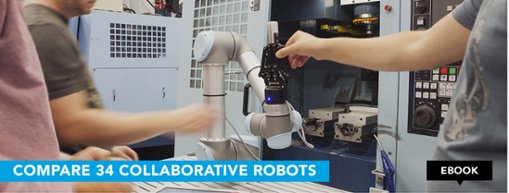
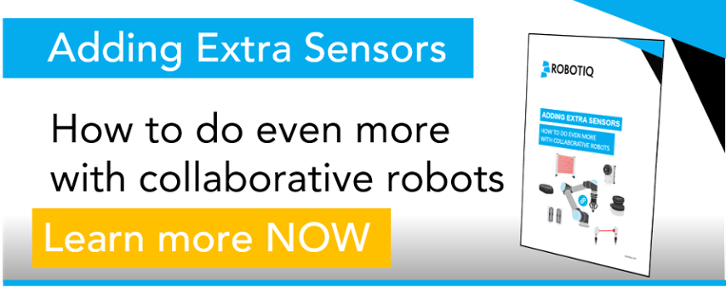
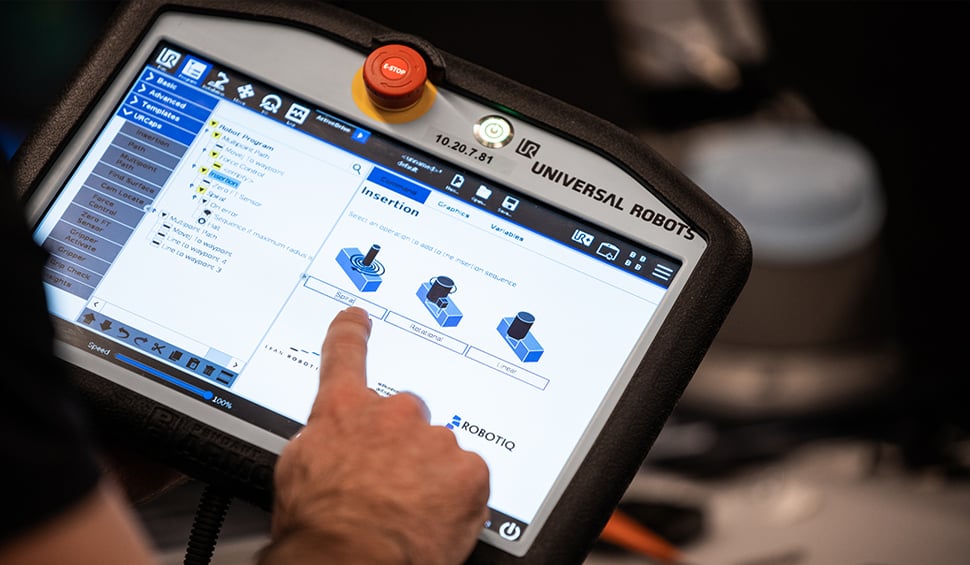

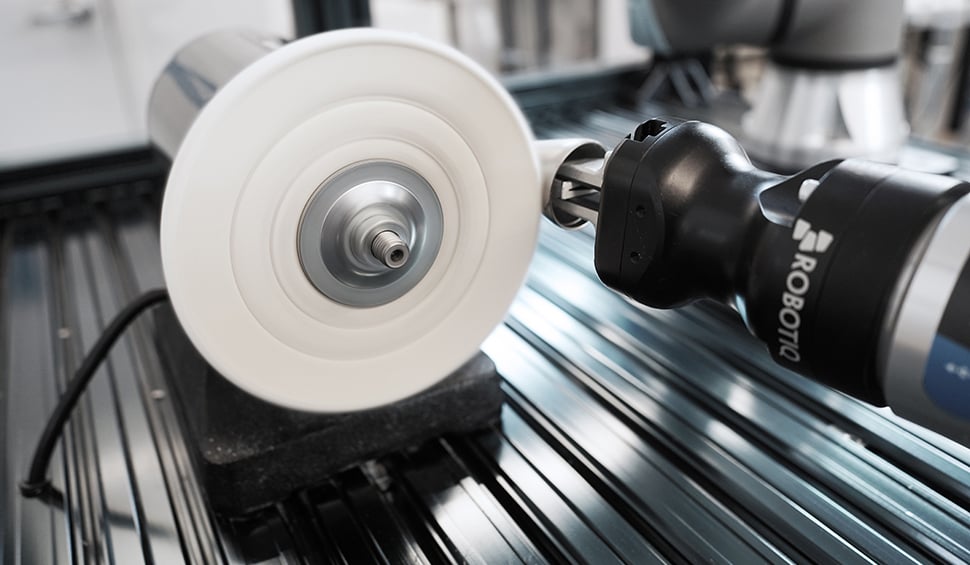
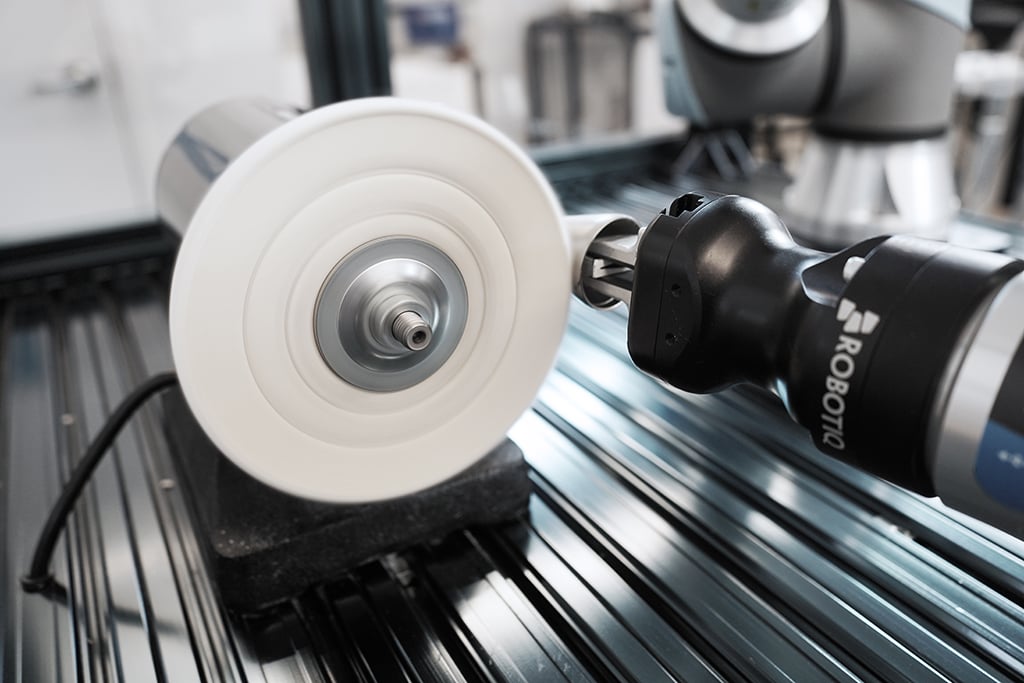

Leave a comment